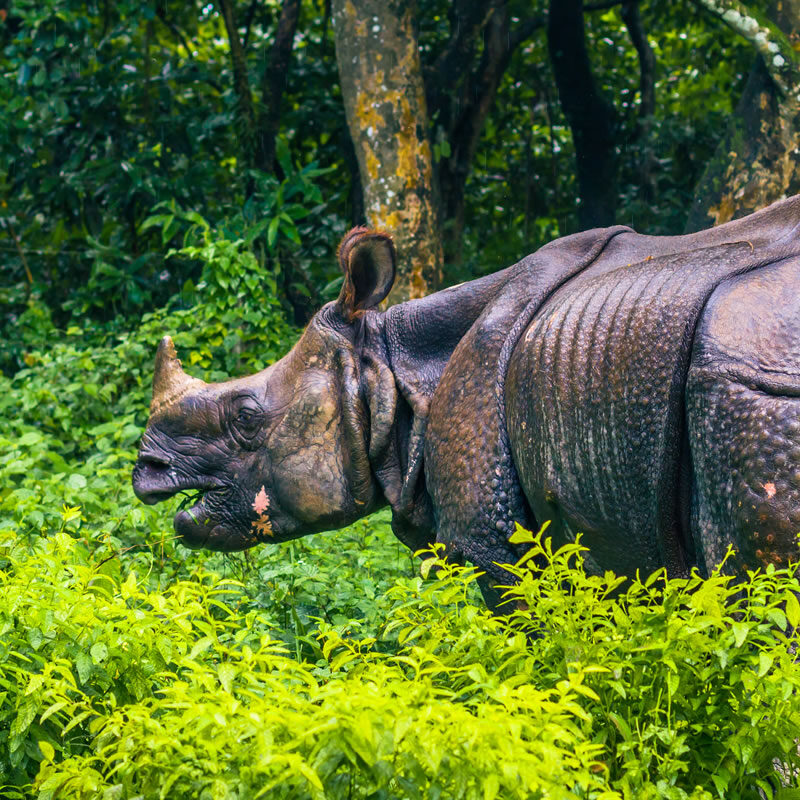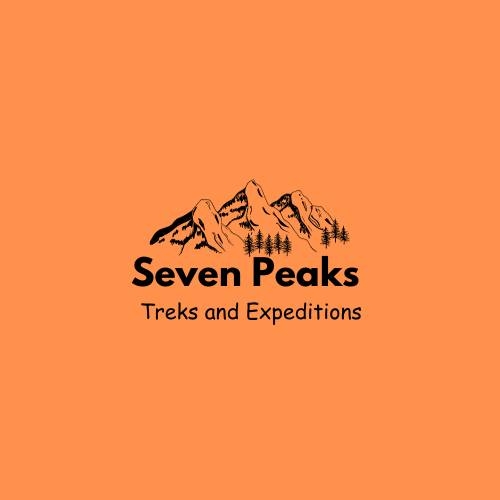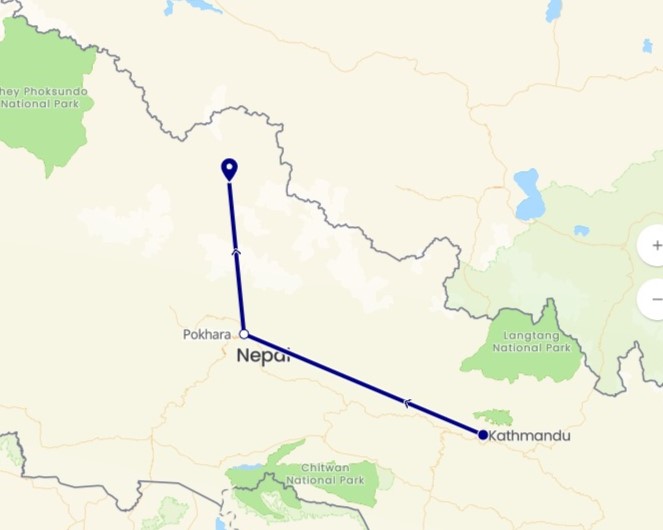Nepal an amazing and interesting country for all types of outdoor activities where wild-life or jungle safari is one that can make your time and holidays in Nepal more worthwhile with great experience as you can witness rare and endangered mammals almost extinct in this world. Nepal wild-life and Jungle Safari where one can choose wide range of national parks from Mid-South, Far West to Far East of the country either drive or travel by air and enjoy jungle activities for a day or more to a week.
All Jungle activities accompanied by naturalist and jungle guides with full safety measures where all programs set by the lodge, hotels and resorts provides you with useful information and good times.
Chitwan National Park: 2 Night -3 Days
A popular and oldest national park of the country, listed as Asia’s best park for wild-life,
located subtropical lowlands Terai belts of South-Central Nepal, the park was designated as a World Heritage Site in 1984. The Park covers a pristine area with a unique eco-system of significant value to the world. It contains the Churia hills, ox-bow lakes and flood plains of the rivers Rapti, Reu and Narayani. There are more than 43 species of mammals in the park. The Park is famous for the endangered and elusive “Royal Bengal Tiger”.
The park is home to the one horned Indian Rhinoceros, fresh water Ghariel crocodile along with many other common species such as gaur (Asian bison) wild elephants, four horned antelopes, striped hyenas, pangolins, Gangetic dolphins, monitor lizards and pythons. Other animals found in the park include Sambars, chital (spotted deer) barking deer, sloth bear, palm civets, languor’s and rhesus monkeys. The park is also famous for over 450 species of birds. Among the endangered birds are the Bengal Florican, the Giant Hornbill, the Lesser Florican, the Black Stork and White Stork.
Common birds seen in the park includes Peafowl, Red Jungle fowl, and different species of Egrets, Herons, Kingfishers, Flycatchers and Woodpeckers. The best time for bird watching is around March and December. More than 45 species of amphibians and reptiles have been recorded in the park, some of which are the Marsh mugger Crocodile, cobras Green Pit Viper and various species of frogs and tortoises.
Chitwan National Park is also an educational field for botanists and zoologists alike. The park is actively engaged in scientific studies and research concerning several species of wild fauna and flora. Chitwan National Park has many lodges and tented camps outside the park and can be reached via overland of 190 km driving distance from Kathmandu or Pokhara, by air about a 20 minute flight to Megauli or to Bharatpur including a short ride on four wheel drive. It may also be reached by the ultimate way with a surge of adrenaline and scenic floats Rafting on the Trisuli River.
Bardiya National Park: 1 Nights 2 Days
Where flight takes you at Nepalgunj with hour drive to Bardiya national park, located Nepal’s Far South Western Terai, east of Karnali River, and it is one of the largest undisturbed areas of wilderness in the Terai region.
Bardiya National Park provides excellent habitat for endangered animals like the rhinoceros, wild elephant, tiger, swamp deer, black buck, Ghariel crocodile, marsh mugger crocodile and Gangetic dolphin. Endangered birds include the Bengal Florican, lesser Florican, silver eared Mesia and Sarus crane. More than 30 different mammals, over 200 species of birds, and many snakes, lizards and fish have been recorded in the park’s forest, grassland and river habitats. A good number of resident and migratory birds are found in the park.
Kosi Tappu Wildlife Reserve: 2 Nights- 3 Days.
Where flight involves 45 mins to reach at Biratnagar city and then few hour drives to Kosi Tappu Wild Life Reserve, located on flood plains of Sapta-Kosi River at Saptari and Sunsari districts of Eastern Nepal, this reserve is defined by the eastern and western embankments of the river. The reserve offers important habitat for a variety of wildlife. The last surviving populations (about 100) of wild buffalo or Arna are found here. Other mammals are the hog deer, wild boar, spotted deer, and the blue bull.
A total of 280 different species of birds have been recorded in the reserve which includes 20 species of ducks, two species of ibises, many storks, and egrets, herons includes endangered swamp partridge and Bengal Florican. The Kosi Barrage is extremely important as habitat for migratory birds. Many species recorded here are not seen elsewhere in Nepal. The endangered Gharial crocodile and Gangetic dolphin have been recorded in the Kosi River.



